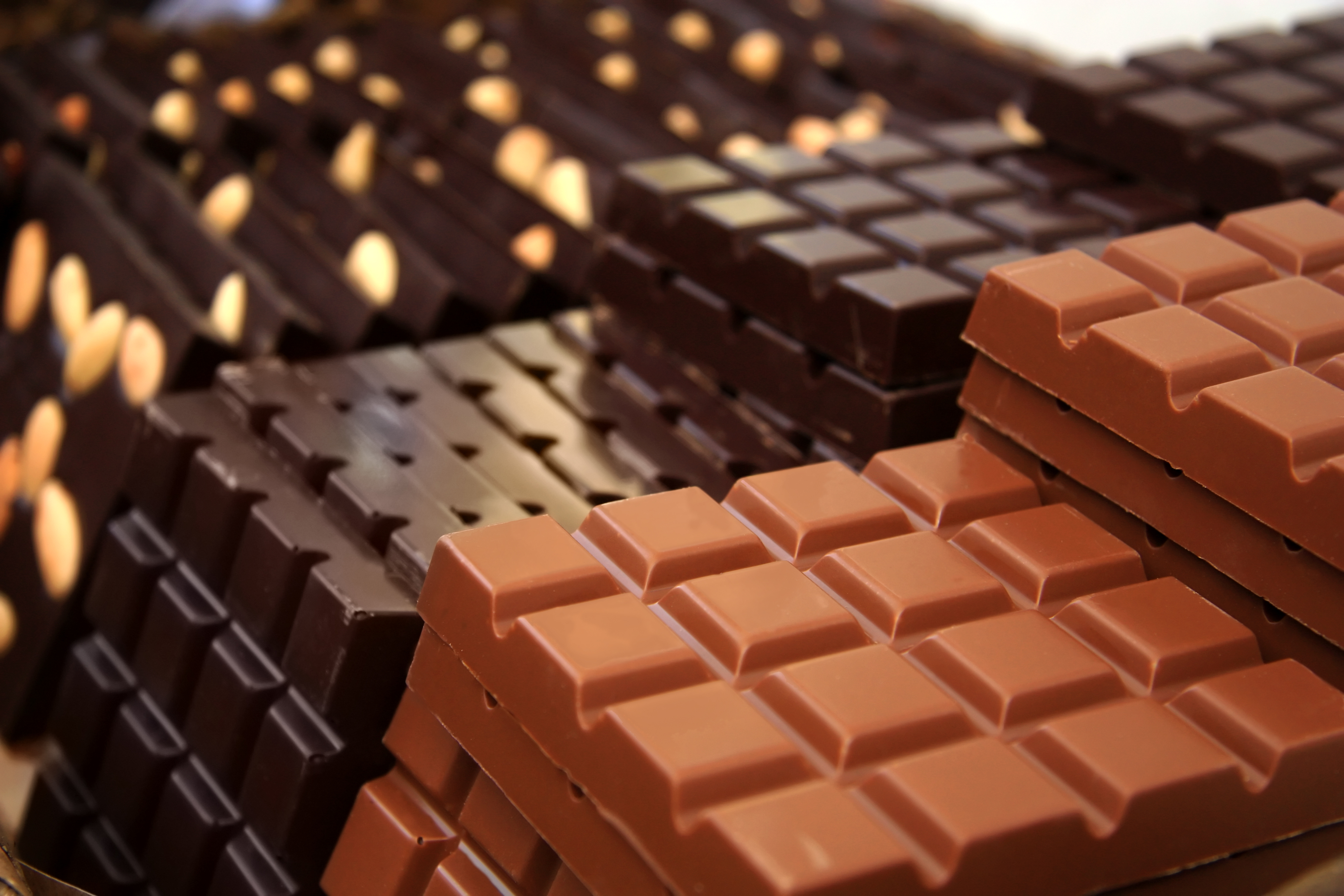Welcome to Viking Pump's Machine Shop
The machine shop is Viking Pump’s largest facility. Since its opening in 1960, the shop has undergone multiple expansions and has now grown to 320 thousand square feet. Today this facility houses many departments including machining, tooling, assembly, paint, shipping, quality, procurement and planning. In the machine shop, parts are machined from castings and bar stock. Dimensions, especially those inside the pump cavity, must be precise to ensure the pumps operate efficiently and are capable of high pressures and self-priming.
